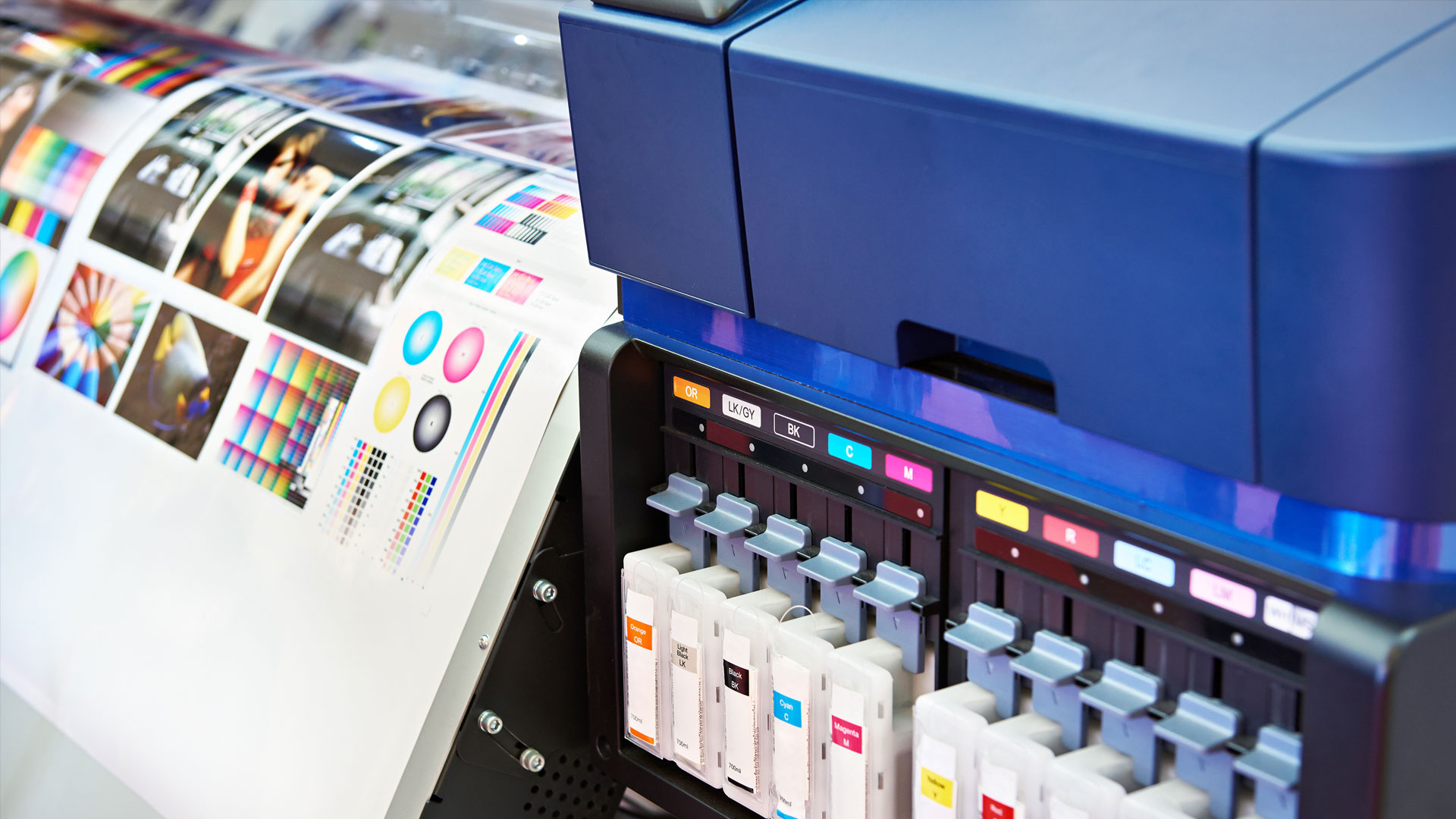
Digitally printed, distinctly remembered
In a world swamped with digital content, physical touchpoints can resonate more powerfully than ever. Digital printing is a quick, cost-efficient, and flexible way to create personalised direct mail messages that grab attention and leave a lasting impression.
At Active Mail, we've dedicated more than two decades to mastering the art and science of digital printing. Leverage our expertise to effectively and tangibly communicate your brand and business offerings to your current and future customers.
What is digital printing?

Digital printing refers to the method of printing directly from a digital-based image. This technique is a relatively recent innovation, having been developed in the 1960s but only rising to commercial prominence in the 1990s.
Digital was revolutionary for the industry because it doesn't require using the printing plates that are needed for traditional offset printing. Instead, digital printing employs high-volume laser or inkjet printers to transfer text and images onto paper, plastic, fabric, or other materials.
Digital printing for direct mail
Direct mail marketing's efficacy lies not just in the message, but also in the medium. Whether it's an elaborate brochure showcasing your services or a simple postcard campaign, the quality of the print can make all the difference to the final product.
-
High-Quality Photo Printing for Collaterals: Marketing materials often require sharp, vibrant images to capture the essence of a product or a moment. Our state-of-the-art facilities ensure glossy, high-quality photo prints that stand out in a crowded mailbox.
-
Variable Data Capabilities: For personalised direct mail campaigns, variable data printing is a game-changer. With this technique, elements such as text, photos and graphics can be changed from one printed piece to another, allowing for tailored messaging. Imagine sending direct mail where each recipient feels that the mailer was crafted just for them.

Differences between digital and offset printing
The differences between digital and offset printing lie in the setup and equipment needed, and the characteristics of the prints produced.
Digital Printing

Offset Printing

Digital printing advantages and disadvantages
Understanding the nuances of printing techniques is crucial in making the right decision for your business. Digital printing, with its versatility and efficiency, might just be the solution you're looking for, especially when you're aiming for a targeted, high-quality, and fast-turnaround campaign.
Advantages
-
Flexibility: Allows for easy customisation, such as including a personalised name, code, or note with each piece printed.
-
Quick Turnaround: The minimal setup required equals faster delivery times.
-
Precision: Delivers high-quality prints with rich details and vibrant colours.
-
Cost-Effective for Short Runs: Smaller or medium batch jobs can be produced at a reduced cost.
Disadvantages
-
Per-Unit Cost: When printing in large quantities, the per-page cost can be higher than for offset printing.
-
Material Limitations: Some unique finishes or specific paper types may be more suited to offset printing.
-
Color Variations: Minor color variations can occur in different print batches due to changes in ink density.
Still need help deciding? Reach out to us for friendly, fuss-free advice on the best solution for your needs.
Why choose Active Mail for digital printing?
Seamless Collaboration

Commitment to Quality

Unparalleled Flexibility

20+ Years of Experience

Innovative by Default

Your One-Stop Shop

Reach out to us today, and let's bring your vision to life.
